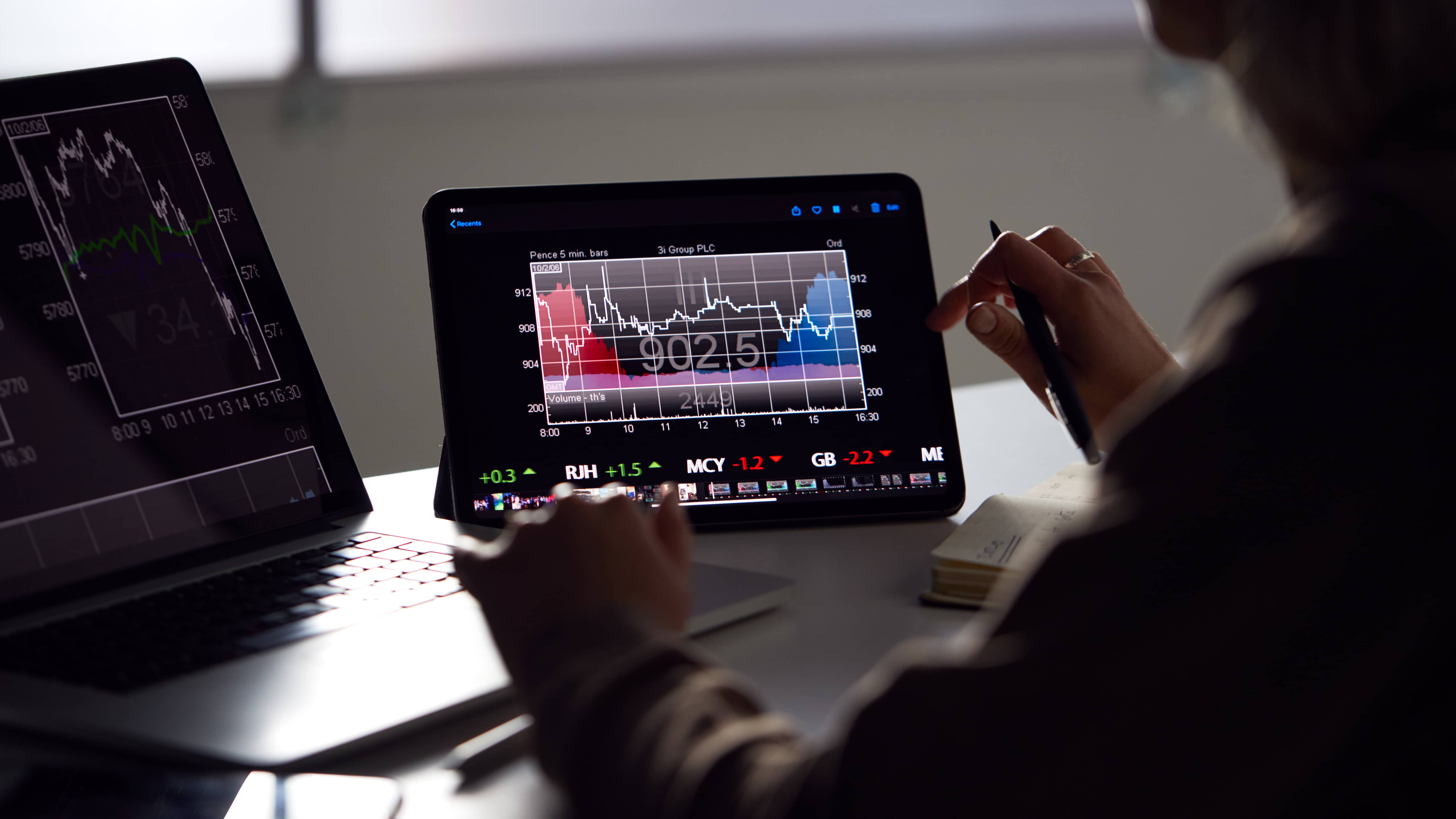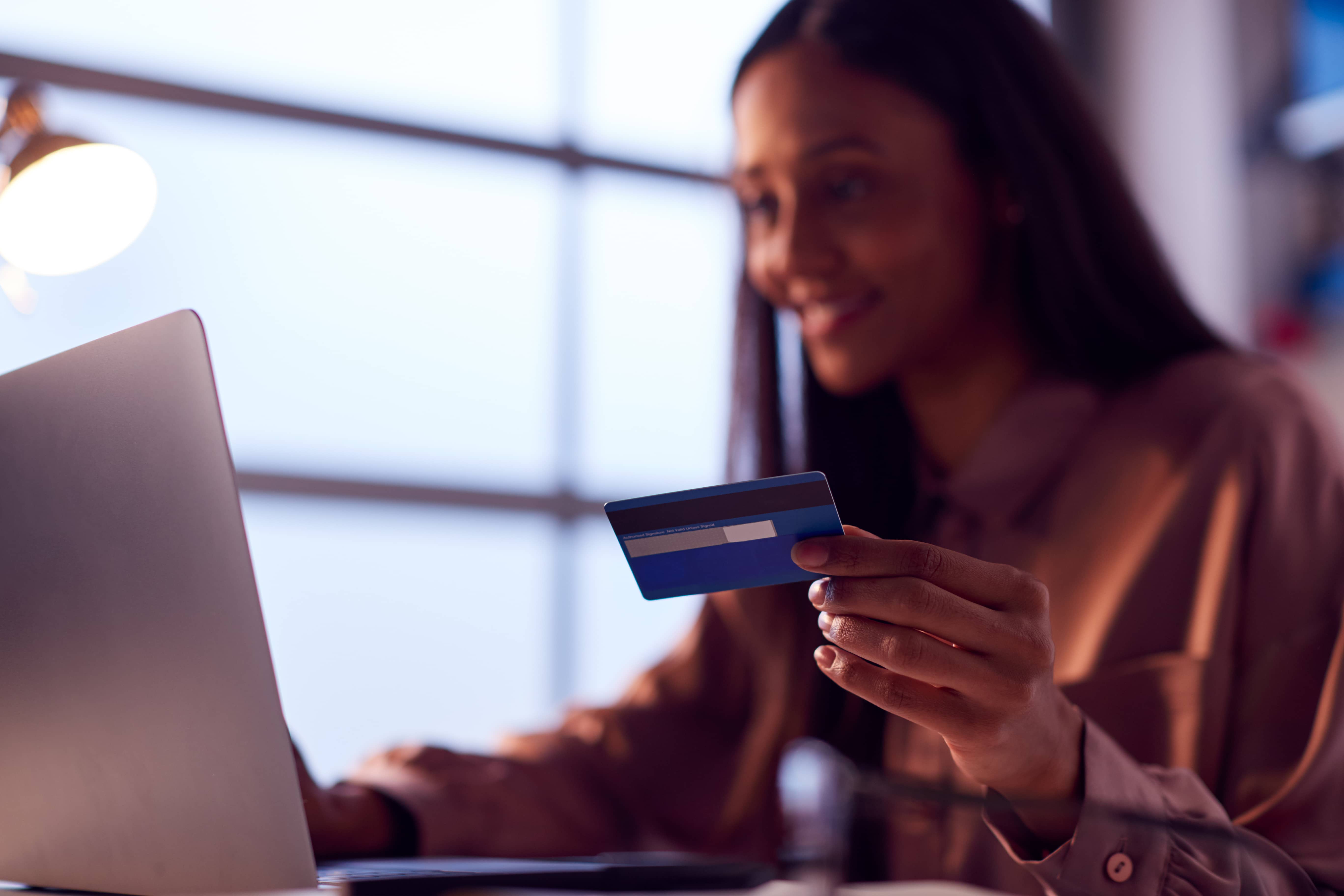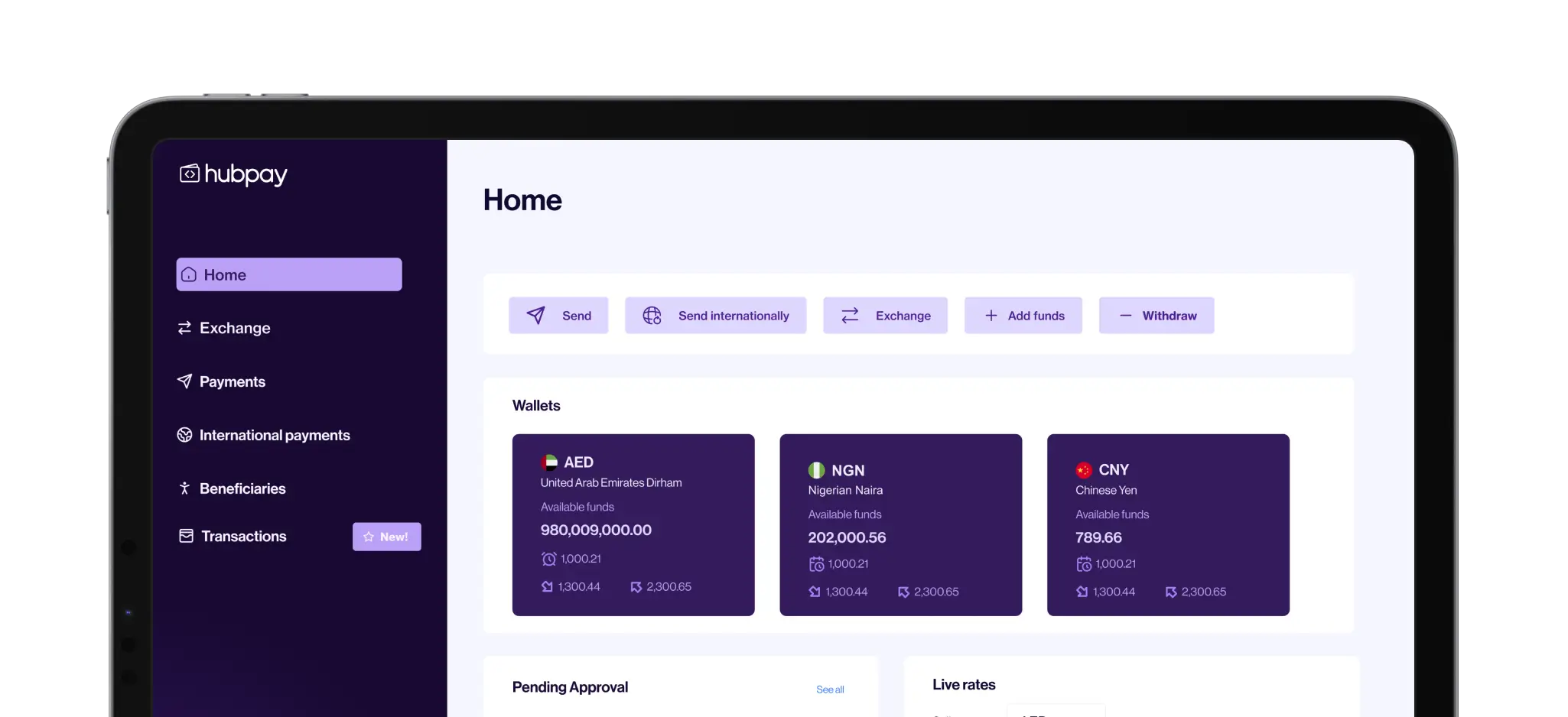Learn how much to save for an emergency fund, why it's essential, and practical steps to build yours for financial peace of mind in the UAE.
Published on 2 October 2024
6 minute read
We’ve all been there. Life throws a curveball—unexpected car repairs, a surprise medical bill, or worse, job loss. In moments like these, an emergency fund can be your financial safety net.
But the big question many people ask is: How much should I actually save for an emergency fund?
This blog will break down everything you need to know about building an emergency fund, in a straightforward, no-fluff way.
What is an emergency fund?
Before diving into the numbers, let’s define what an emergency fund is. Simply put, it's money you set aside to cover unexpected expenses.
Whether it’s medical costs, home repairs, or sudden unemployment, the fund is there to provide financial relief when life happens. It’s not for vacations or new gadgets—its sole purpose is to keep you afloat during tough times.
The goal of an emergency fund is to provide peace of mind and to ensure you don’t have to rely on debt (like credit cards or loans) when things go wrong.
How much should you save? (The short answer)
Most experts suggest having three to six months' worth of living expenses saved in your emergency fund. This is a broad guideline, but it’s a great starting point for most people. However, the actual amount you need can depend on several factors, which we’ll explore.
But before we get into the nitty-gritty, let’s cover why there’s such a range.
Why three to six months?
The idea behind saving three to six months of living expenses is based on how long it typically takes to recover from common financial setbacks, like finding a new job or recovering from a large unexpected bill.
Here’s a simple breakdown:
Three months: Suitable for people with stable jobs, lower living costs, or dual-income households. If you’re unlikely to experience long periods of unemployment, this may be sufficient.
Six months: Ideal if your job is less secure, or if you’re a freelancer or business owner. It’s also recommended for anyone with higher monthly expenses or dependent family members.
In short, the more unpredictable your income, the bigger your emergency fund should be. If you can, aim for six months’ worth of expenses, but three months is a great starting point if you're just beginning.
Calculating your emergency fund
Now, let’s walk through how to calculate how much you should save.

1. List your essential monthly expenses
Your emergency fund is meant to cover the basics. You’re not saving for luxuries like dining out or subscriptions here—only the essentials. These typically include:
Rent or mortgage payments
Utilities (electricity, water, gas)
Groceries
Transportation (gas, public transport, car insurance)
Health insurance or medical expenses
Debt payments (credit card, student loans, etc.)
Let’s say your essential monthly expenses total AED 9,000.
2. Multiply by 3 to 6 months
Take that AED 9,000 and multiply it by the number of months you want your emergency fund to cover.
For three months: AED 9,000 x 3 = AED 27,000
For six months: AED 9,000 x 6 = AED 54,000
So, in this case, your target emergency fund would range from AED 27,000 to AED 54,000.
3. Account for unique circumstances
This is where personal factors come into play. Consider the following:
Do you have dependents? If you’re responsible for children or elderly family members, you might want to save on the higher end.
How secure is your job? If you work in a stable industry with a low chance of layoffs, three months of expenses might be enough. If not, aim higher.
Are you a homeowner? Owning a home comes with unexpected maintenance costs. Plan for these.
Do you have medical conditions? If you or a family member have chronic health issues, that should factor into your savings goal.
When should you start saving?
The best time to start building an emergency fund was yesterday and the second best time is today. Even if you’re starting small, every bit adds up. In fact, it’s better to start with a modest goal than to delay because the target seems too big.
Here are a few ways to get started:
Set an initial goal of saving AED 2,000 or AED 3,000. This gives you a buffer for small emergencies and gets the habit rolling.
Automate your savings. Set up automatic transfers to a separate savings account so that you're consistently putting money aside each month.
Cut unnecessary expenses where possible to speed up your savings. For example, review your monthly subscriptions or dining-out habits and redirect that cash to your emergency fund.
Where should you keep your emergency fund?
Your emergency fund needs to be accessible but not too accessible. You want to get to it quickly in an emergency, but you also don’t want to dip into it for everyday expenses. Here are your best options:
High-yield savings account: These accounts offer better interest rates than regular savings accounts, allowing your money to grow a little while keeping it easily accessible. Look for accounts with no fees and easy online access.
Money market account: Similar to high-yield savings, but they may offer check-writing privileges or debit card access. This could be useful for quick withdrawals during emergencies.
Avoid investing your emergency fund. Don’t put this money into the stock market or long-term investments. These come with risks, and you want to ensure your emergency fund doesn’t lose value.
How to build your emergency fund faster
Saving can feel slow at first, but there are a few strategies to help you build your fund faster:
Start a side hustle. Whether it’s freelancing, driving for a ride-share service, or selling items online, side hustles can help funnel extra cash into your emergency fund.
Use tax refunds, bonuses, or windfalls. If you receive a tax refund or bonus at work, don’t spend it! Throw it directly into your emergency fund to give it a boost.
Cut back temporarily. Take a hard look at your discretionary spending—like takeout or entertainment—and see if you can temporarily cut back until you’ve reached your savings goal.
Should you ever tap into your emergency fund?
It’s tempting, but you should only dip into your emergency fund when it’s truly necessary. Ask yourself two questions before withdrawing:
Is this expense absolutely necessary right now?
Is it unexpected?
If the answer to both is yes, then it’s time to use your emergency fund. But if the expense is something like replacing your couch or upgrading your phone, consider saving up for it separately instead of using your emergency fund.
Conclusion
At the end of the day, the ideal amount for an emergency fund depends on your individual circumstances.
Aiming for three to six months of living expenses is a solid goal for most people, but you may need more or less depending on your personal situation.
What matters most is that you start saving—no matter how small. Over time, that cushion will grow, providing you with financial security when you need it most.
Remember: An emergency fund is about peace of mind. It’s there to help you navigate life’s inevitable bumps in the road without derailing your financial future.
So, why not start today? Even setting aside AED 500 a month will add up over time. Your future self will thank you.
Frequently asked questions
Share this blog on
Get your free multi currency account
Multi-currency global account made for UAE Businesses. Get a free consultation for your business.





